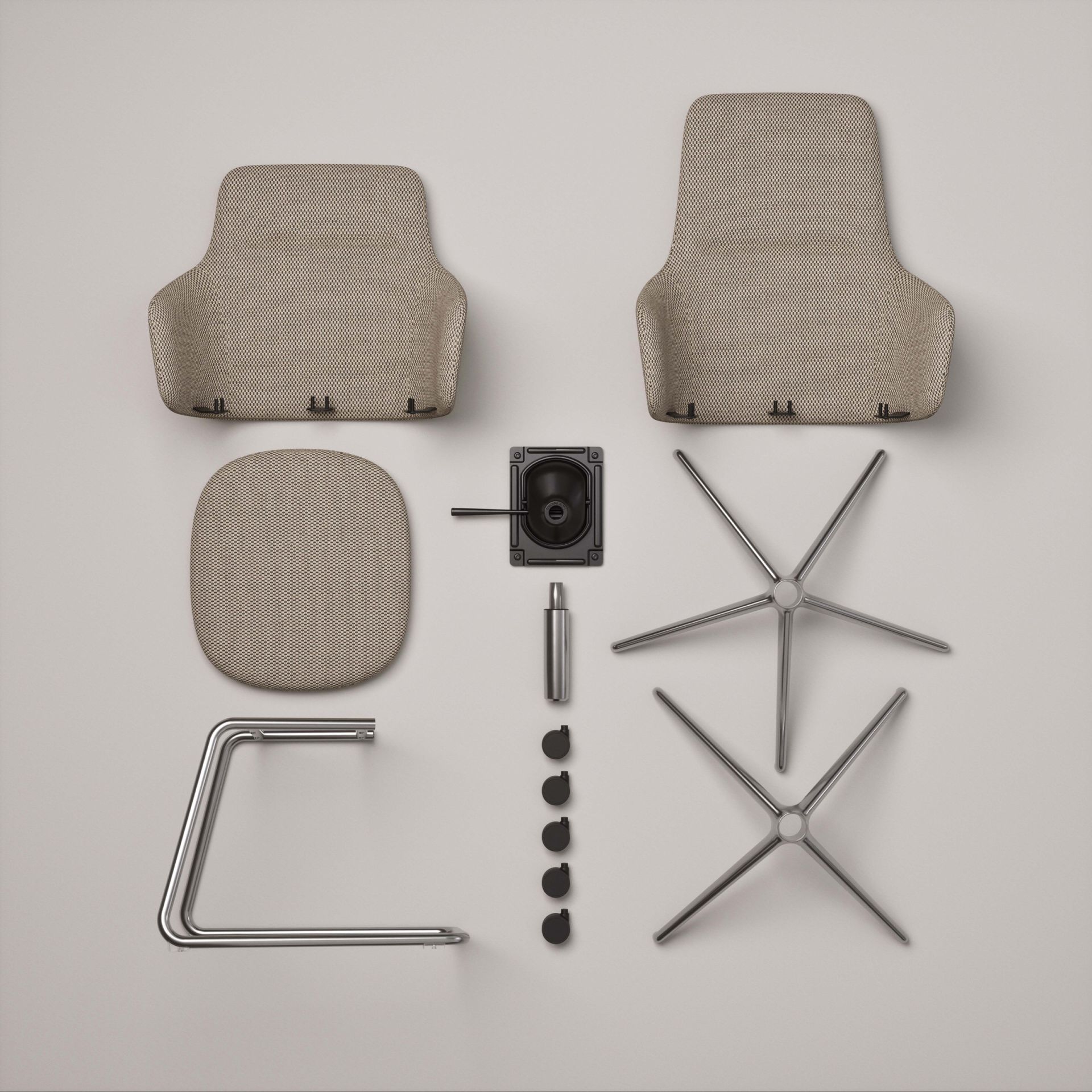
How Digital Product Passports Work in Practice
The European Commission is working to make Europe climate neutral by 2050. One of the initiatives is the EU strategy The European Green Deal, where digital product passports are one of the proposed measures. But what do digital product passports actually mean in practice?

The European Green Deal is the EU’s strategy for making Europe climate neutral by 2050. It includes measures to reduce emissions, promote sustainability, and strengthen the circular economy across sectors such as energy, industry, transport, and agriculture.
The Ecodesign for Sustainable Products Regulation (ESPR) is a key part of the Green Deal and the efforts to build a more sustainable and circular economy. ESPR replaces and expands on the previous Ecodesign Directive, which mainly focused on energy-related products such as computers and game consoles. Now, the requirements are broader: all products (except food and pharmaceuticals) placed on the EU market must become more sustainable, circular, and energy-efficient.

Product passports in practice
Digital product passports (DPPs) are an EU initiative under the Green Deal designed to provide information about a product’s sustainability and recyclability. This includes data on origin, raw materials, and environmental impact. Transparent and verifiable information improves supply chain management by offering a clear view of the entire value chain.
“In practice, digital product passports mean that we – and other companies – must collect, manage, and update information about materials, production, and the life cycle of each product,” explains Andreas Mattisson, Head of Product Development & Sustainability at EFG.
Product categories affected:


Scan to access information
Each product will be assigned a unique QR code or RFID chip that links to its product passport. When the code or chip is scanned using a smartphone or another device, the user is directed to a digital platform where the product’s information is available. This enables companies to provide details on a product’s origin, authenticity, and compliance with relevant standards and regulations.
Examples of what a digital product passport may include:

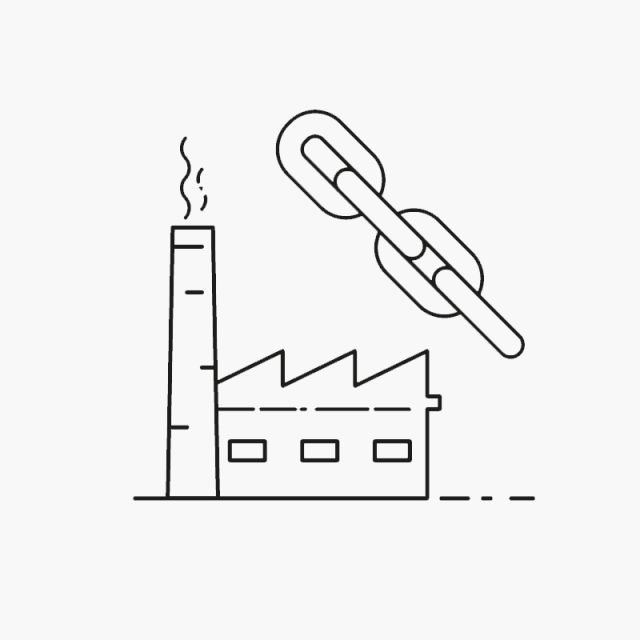

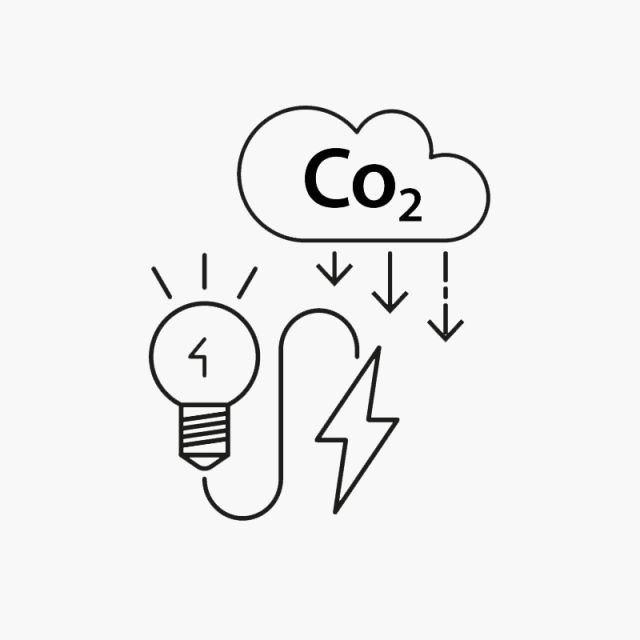
Materials and chemicals:
Exact substances and components
Production and supply chain:
Country of origin, production methods, and sustainability data
Repair and recycling:
Spare parts, repair instructions, and disassembly options
Climate impact:
Carbon footprint and energy consumption
What about furniture with replaceable parts?
A key element in EFG’s design philosophy is that parts should be replaceable—covers and components can be swapped out, extending the product’s life span. During a product’s life cycle, the information in its passport may need to be updated, for instance after a repair, to ensure it remains accurate and relevant.
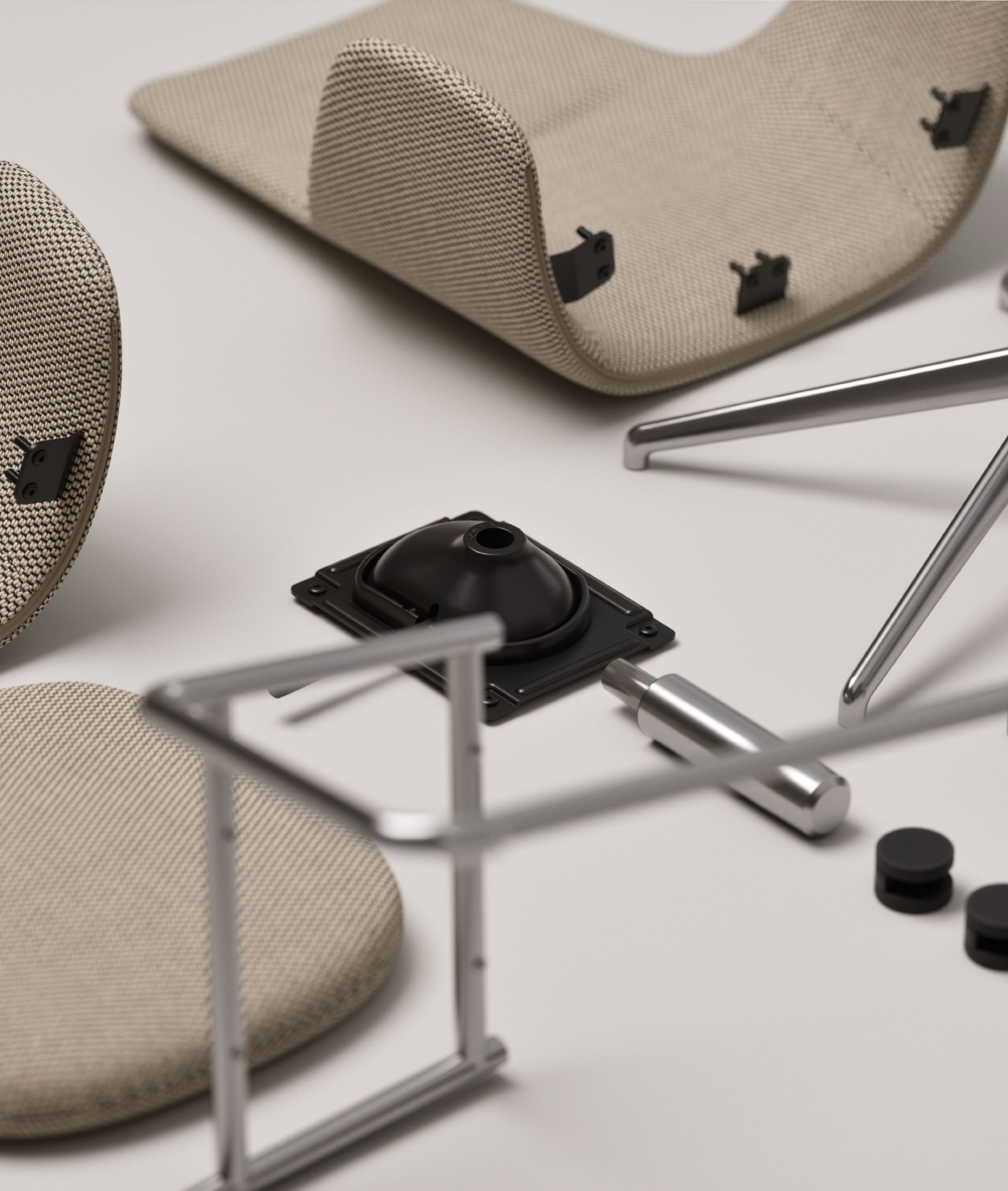
“If a piece of furniture is reupholstered, the person providing that service must update the product passport to reflect what has been renovated. The passport will then contain information about both the original product and the replaced parts, such as new fabric,” says Andreas Mattisson.
The future of product passports
The goal is for future product passports to provide detailed information about every individual component in a product—such as leather, steel, or padding. Apart from a few exempt product categories, digital product passports will apply to all products on the European market, regardless of company size. The directive is expected to become a legal requirement, possibly as early as 2030, meaning that no manufacturer will be allowed to sell a product in Europe without a digital product passport at the individual item level.
“EFG will participate in a project called STELLA, together with Lingon, Sigma, and the Swedish Furniture Cluster, which will make us an industry leader in this area,” says Andreas Mattisson.
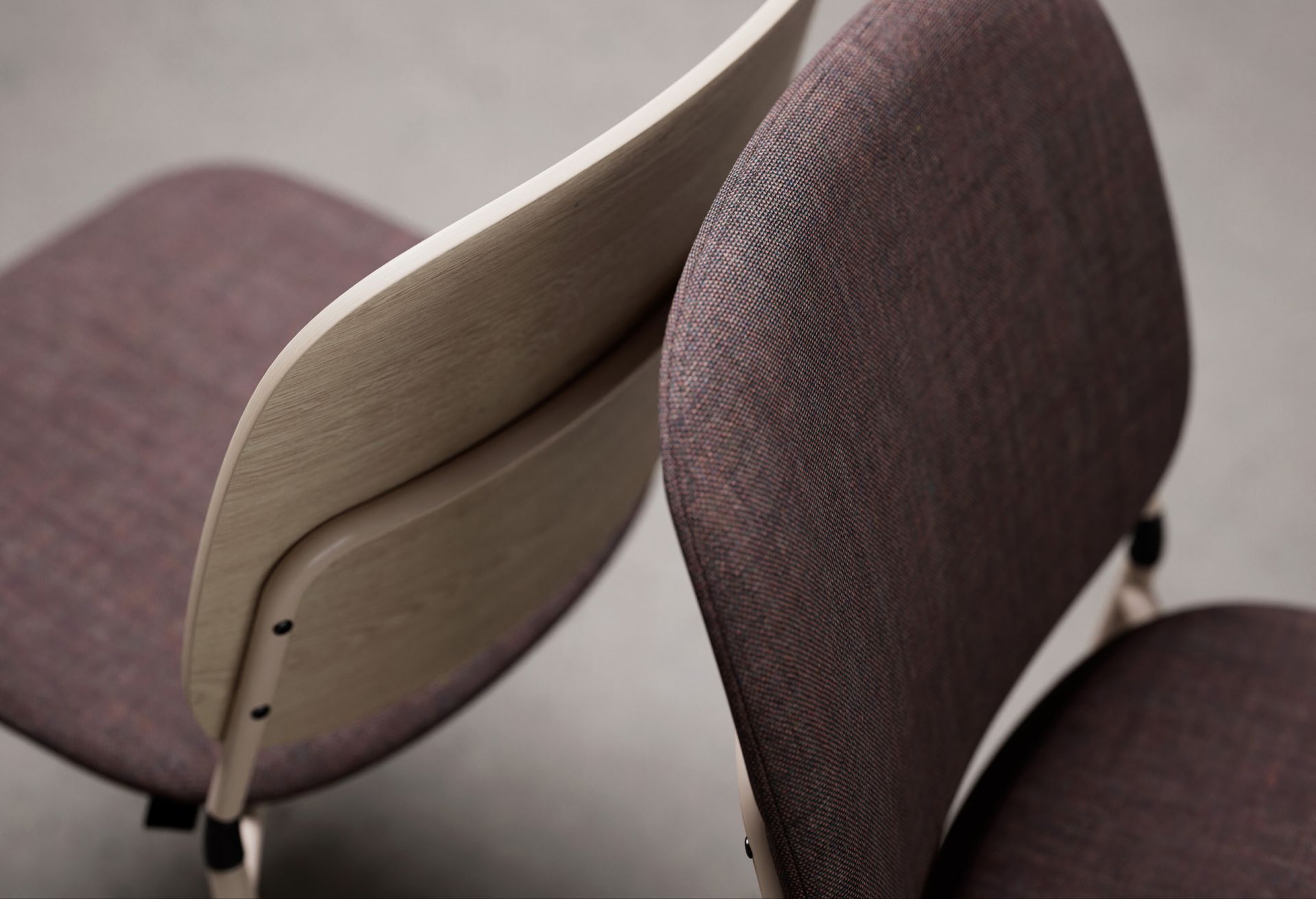
The first EFG product to feature a digital product passport will be the Bow chair, which has a fully separable design. The fabric on Bow is not glued to the foam, and the seat and backrest are attached to the frame using screws—making it ideal for refurbishment, reupholstering, and eventually recycling.